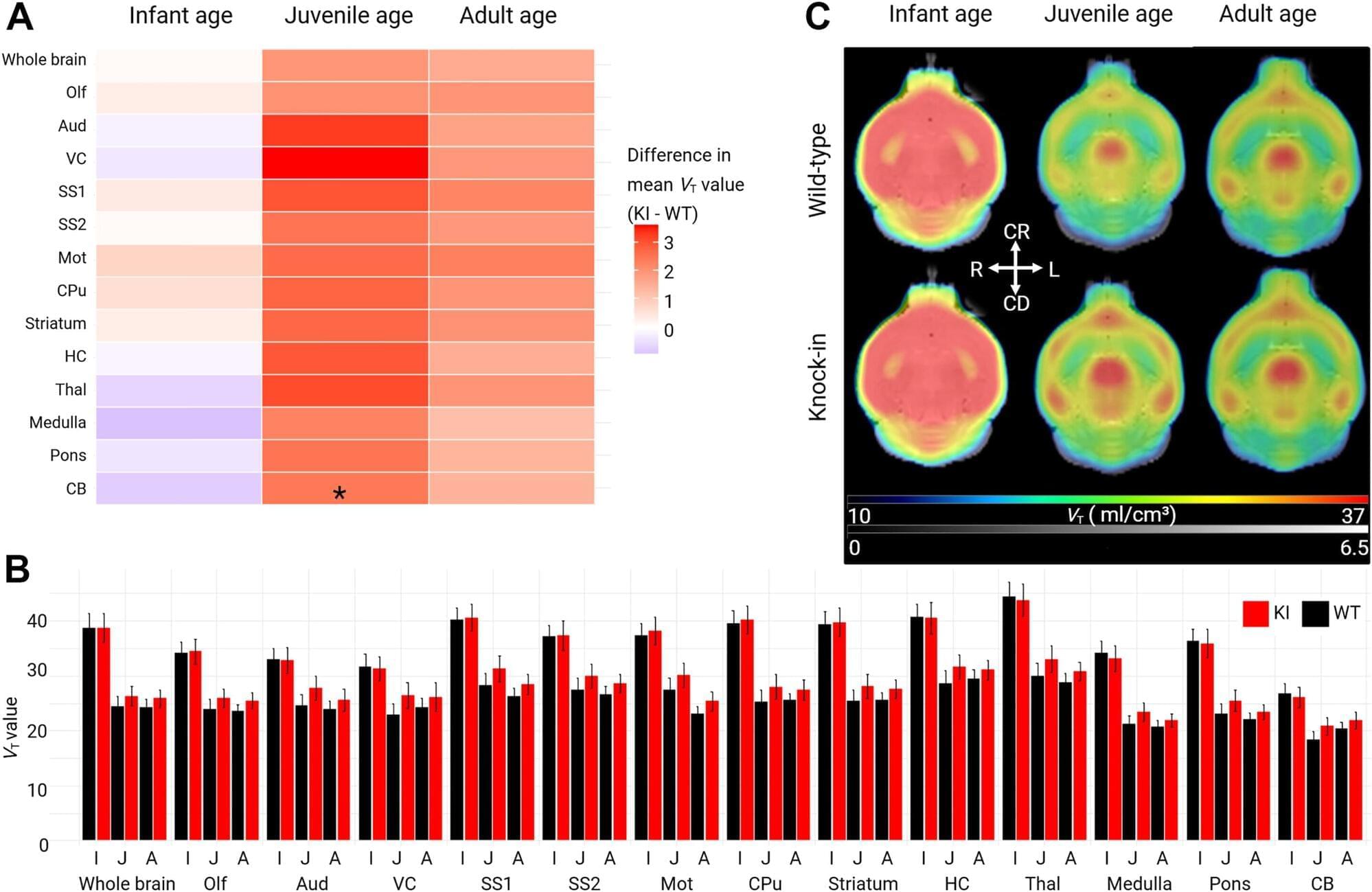Researchers at the VIB-UAntwerp Center for Molecular Neurology have visualized how brain network development is altered in a model of KCNQ2-related developmental and epileptic encephalopathy, a rare childhood brain disorder. Using longitudinal imaging techniques, the team observed differences in how brain regions communicate and connect, long before behavioral symptoms appear.
KCNQ2-related developmental and epileptic encephalopathy (KCNQ2-DEE) is a rare but severe neurological disorder that affects newborns. Children with this condition typically develop seizures within days after birth and continue to face learning and movement difficulties. The disorder is caused by mutations in a potassium-channel gene that disrupts normal brain activity.
To investigate how this disorder affects brain development, the team of Professor Sarah Weckhuysen visualized brain function and structure throughout early growth in mice carrying the same genetic defect. The study is published in the journal eBioMedicine.
